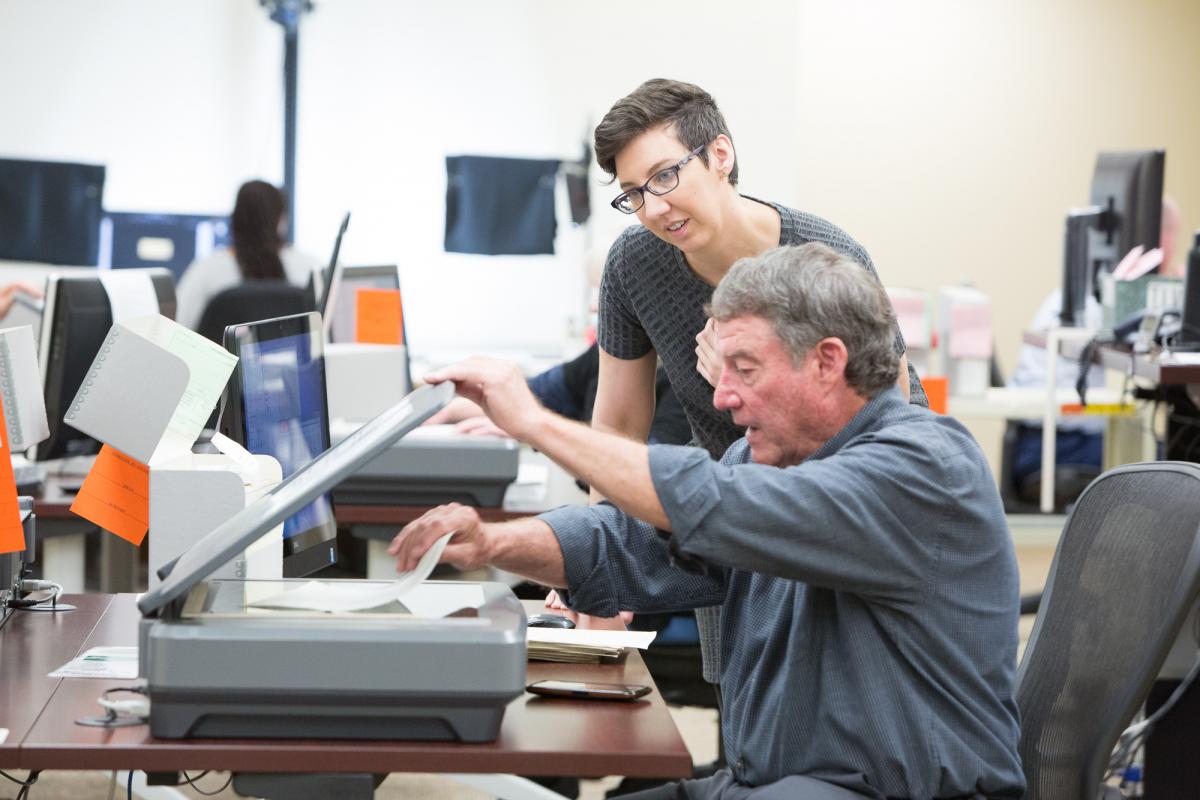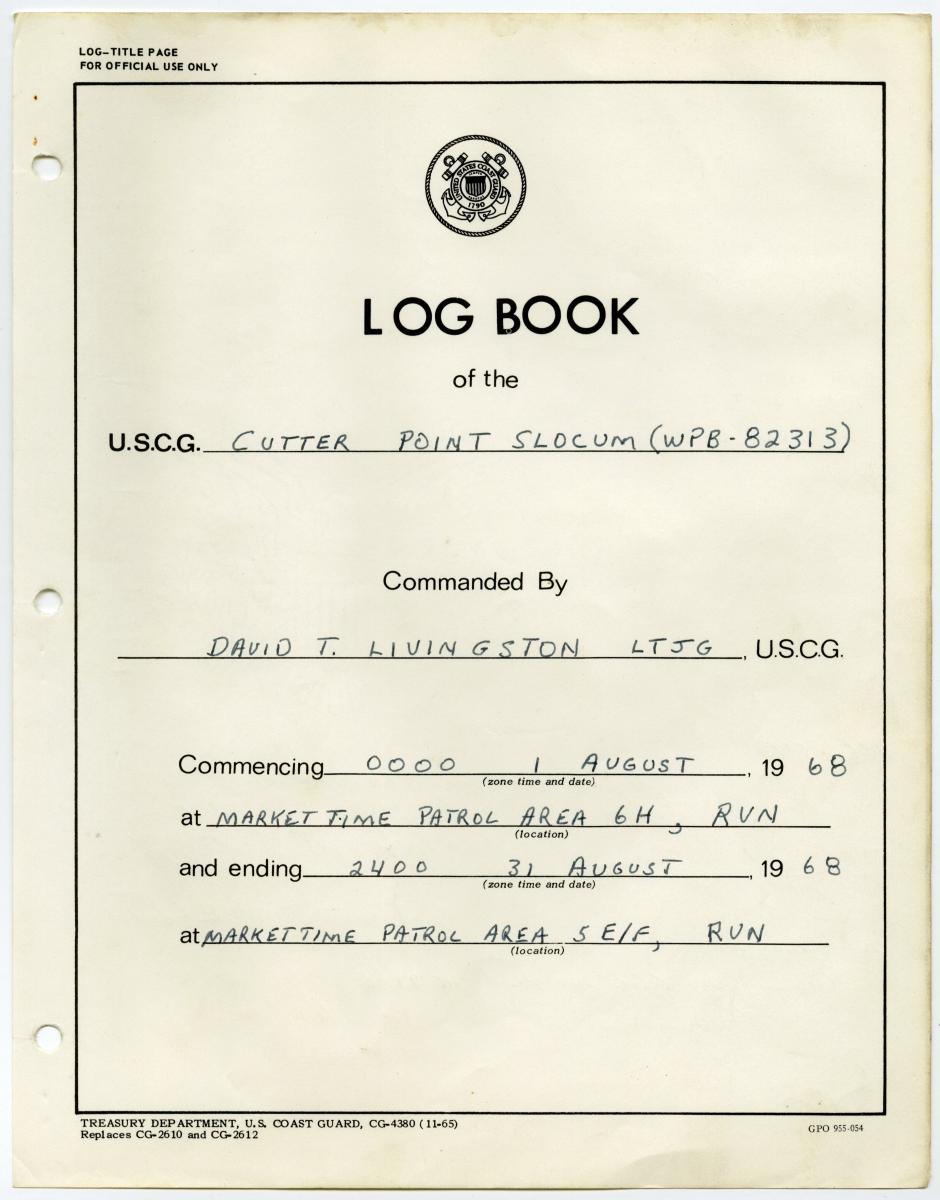
Citizen Archivists Help Make Access Happen, One Scanned Record at a Time
By Kerri Lawrence | National Archives News
WASHINGTON, June 1, 2018 — Citizen Archivists recently helped the National Archives and Records Administration reach a new milestone, collectively scanning their 300,000th page for inclusion in the National Archives Catalog. It’s all part of an agency-wide effort to make more records publicly accessible online.
Of the 13 billion paper records in the National Archives, there are currently 42 million pages available online, according to Catherine Brandsen, National Archives Innovation Hub Coordinator. Crowdsourcing via the Innovation Hub, and scanning of documents by Citizen Archivists, helps the agency achieve its goal of digitizing and making available online 500 million pages by 2024.
“Amazingly, this milestone of 300,000 citizen-archivist-scanned pages took less than three years to achieve,” Brandsen said. She told how researchers who routinely come into the Innovation Hub to scan records, and leave with a digital copy for their own use, now share their scans for everybody’s use.
“It’s a win-win for everyone,” she added. “Scanned records show up in the catalog within 8-10 weeks and are then available for use by other researchers near and far.” Brandsen noted it’s just one way the agency is aiming to hit its goal.
Brandsen said the most popular documents scanned in the Hub are files of genealogical interest. Civil War pension files, compiled military service records, and bounty land application files are all housed at the National Archives Building in Washington, DC.
In addition, the Hub has a featured project involving logbooks of the U.S. Coast Guard vessels that served in the Vietnam War. The logbooks contain the highlights of each ship’s voyage, written up every four hours by the deck officer on watch. Information recorded includes incidents of shots fired, transportation of detainees, and contact with friendly or unfriendly vessels. Some of these vessels participated in Operation Market Time, an effort to patrol the South Vietnamese coast to keep supplies from reaching North Vietnamese Army and Viet Cong forces.
Many veterans of the Vietnam War use these logbooks today to help establish their eligibility for veterans’ benefits. The vets often need to find the actual page of the logbook that shows they served during the war. In the past, veterans have had to formally request a copy of the information, which could take some time for National Archives employees to locate, scan, and then send copies of the requested information.
Brandsen estimates there are more than 100,000 pages that need to be scanned for this particular U.S. Coast Guard project, which began in the fall of 2017. “We are currently 11 percent of the way there; every page counts!” she added. The projected completion of scanning all of the logbooks is approximately five years in total. Brandsen noted that the Coast Guard logbook project is perfect for Citizen Archivists to work with, since the books are pretty sturdy and do not contain personally identifiable information.
“It’s great to have volunteers come in to do those, freeing up NARA staff to handle some of the more complicated scanning or fragile documents within our holdings,” Brandsen said.
“The more we can get scanned and online, the easier it will be for these veterans to access the records at their time in service. They won’t have to send in an inquiry, wait for turn around time, and wait again to get something back . . . it will be instantaneous to anyone around the world.” View the completed logbooks already in the online Catalog.
Citizens 14 years and older can get involved in a couple of ways. Researchers can help scan documents at the Innovation Hub at the National Archives in Washington, DC. All that is needed is a researcher’s card and the desire to scan documents. For those who wish to help from the comfort of their home, there’s the opportunity to tag and transcribe records as well. For more information, see the Citizen Archivist Dashboard.
For more information on how Citizen Archivists play a key role in digitizing National Archives records, see National Archives News stories Citizen Archivists Tag Records and Archives Celebrates Information Access.

